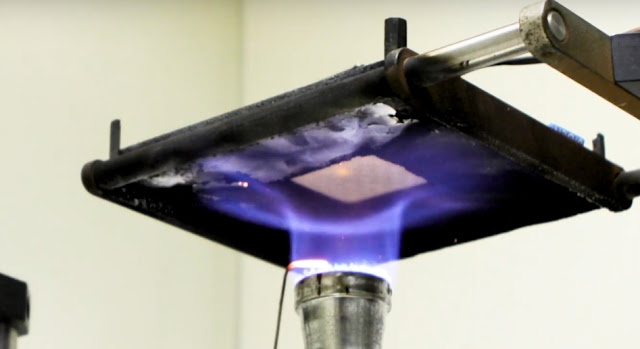Fabric thickness! Sucess mantra for convective heat resistance?

The thickness of a fabric can have an effect on the performance of protective clothing materials in relation to convective heat. In general, thicker fabrics tend to provide better protection against convective heat than thinner fabrics. This is because thicker fabrics tend to have a higher thermal resistance, which means they are able to slow the transfer of heat through the material.
There are several ways to make a fabric thicker:
-
Use heavier yarns: One way to make a fabric thicker is to use heavier yarns in the weaving or knitting process. Heavier yarns have a larger diameter, which results in a thicker fabric.
-
Use more yarns: Another way to make a fabric thicker is to use more yarns in the weaving or knitting process. This can be done by increasing the number of yarns per inch or by adding an additional layer of yarns.
-
Use a tighter weave: A tighter weave can also result in a thicker fabric. This is because the yarns are more closely packed together, which increases the fabric's density.
-
Use a different fabric construction: The construction of a fabric can also affect its thickness. For example, a fabric that is made with a knit construction will generally be thicker than a fabric that is made with a woven construction.
-
Add a layer: Adding an additional layer of fabric can also make a fabric thicker. This can be done by laminating or bonding another layer of fabric to the original fabric.
However, it is important to note that the thickness of a fabric is just one factor that can affect the performance of protective clothing materials in relation to convective heat. Other factors that can influence the performance of a fabric include its thermal conductivity (how efficiently it conducts heat), its specific heat capacity (how much heat it can absorb before its temperature rises), and its density (how closely packed its fibers are).
To read more on the thermal conductivity of various textile fibers (Read Here)